Two Men Take a Stand By Taking a Seat: The Desegregation of Middleburg
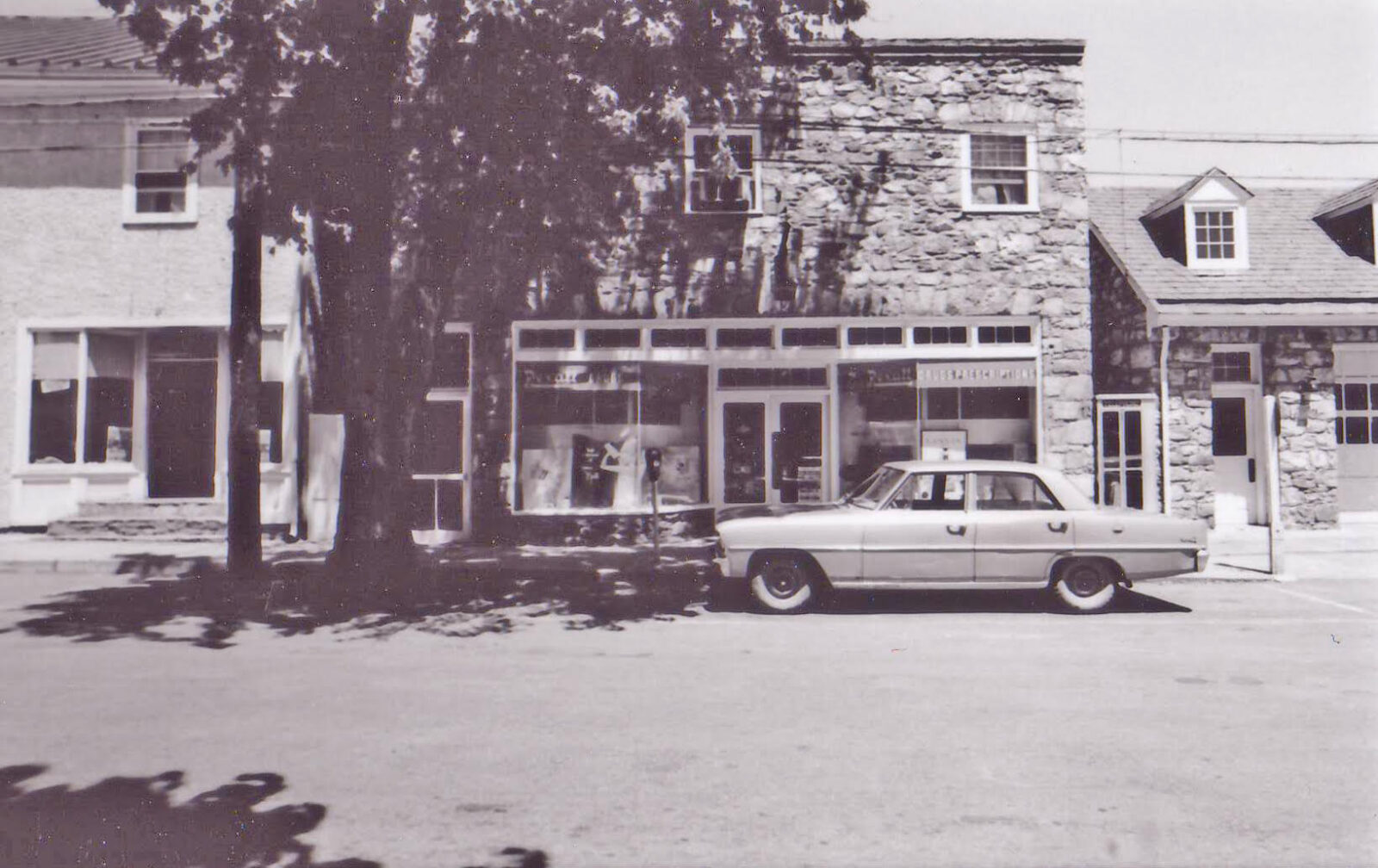
Written by Heidi Baumstark
Taking a stand sometimes means taking a seat. That’s what two brave Black men did by participating in peaceful sit-ins in 1961 at three Middleburg eating establishments. That was a start to end the racial divide in Middleburg, which became the first town in the Commonwealth of Virginia to successfully desegregate.
Those two men are longtime Middleburg residents Rev. Dr. William F. Swann Sr. and James William “Smitty” Smith. “If we didn’t take action, I knew [desegregation] wouldn’t happen,” Swann says. “We needed to take a step forward to make the change.”
The Buildup
In the early 1960s, the civil rights movement was taking root in Washington, D.C. Soon, nearby Loudoun County followed suit with Middleburg taking the lead. Why Middleburg? Well, it had to do something with a new neighbor in town: the Kennedys.
President John F. Kennedy — a pro-civil rights advocate — was sworn into office on January 20, 1961. By the following month, he became a frequent visitor of Middleburg since he was renting Glen Ora, a prominent Upperville estate. His wife, Jackie, longed for a Hunt Country property to pursue her love of horseback riding.
At that time, Loudoun — along with the rest of the South — was racially divided. Eating establishments would only serve Black clients from a rear door or window. Swann remembers, “We had to stand on a spot on the floor if you wanted to be served, but we could never sit at the lunch counter.” With Kennedy nearby, the time had come to test the president’s pro-civil rights stance on his own turf.
In the spring of 1961, William McKinley Jackson, local builder and president of the Loudoun chapter of the NAACP, got involved. A meeting was held at Shiloh Baptist Church in Middleburg with both Swann and Smith in attendance. Jackson asked for volunteers to participate in peaceful sit-in demonstrations at three local restaurants on the same weekend Kennedy would be attending mass at Middleburg Community Center. “It was good advice coming from the NAACP; they asked for volunteers. It was a long time overdue, and we were willing to do it. I didn’t hesitate at all,” Swann adds.
This peaceful sit-in took the place of a much larger demonstration that had initially been planned.
Making History
On that monumental day — Saturday, April 8, 1961 — Swann and Smith sat at the counters of three Middleburg businesses: The Coach Stop (9 E. Washington Street, now Zest Clothing & Co.), Halle Flournoy’s Middleburg Pharmacy (11 S. Madison Street, now Aliloo and Son Rug Gallery), and Payne’s Drugstore (101 W. Washington Street, now Northwest Federal Credit Union).
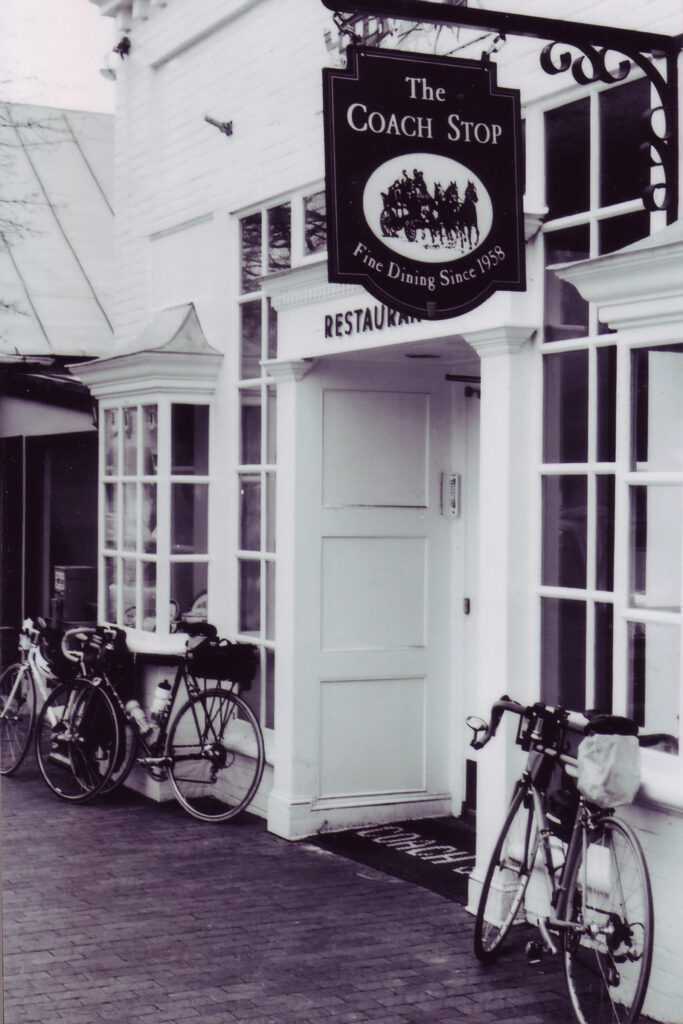
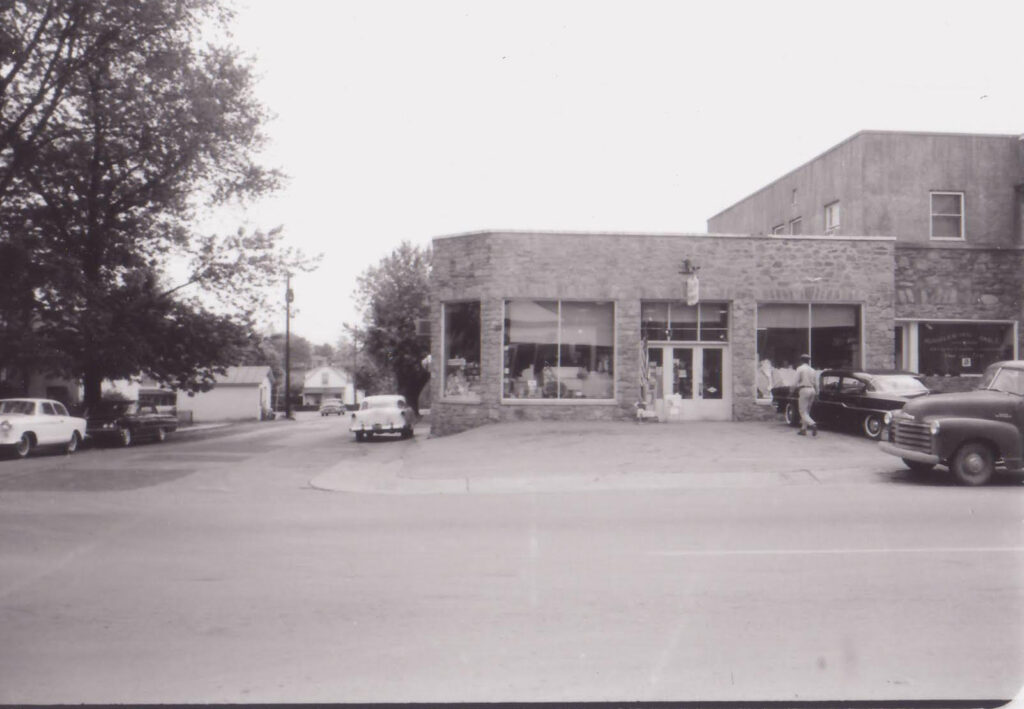
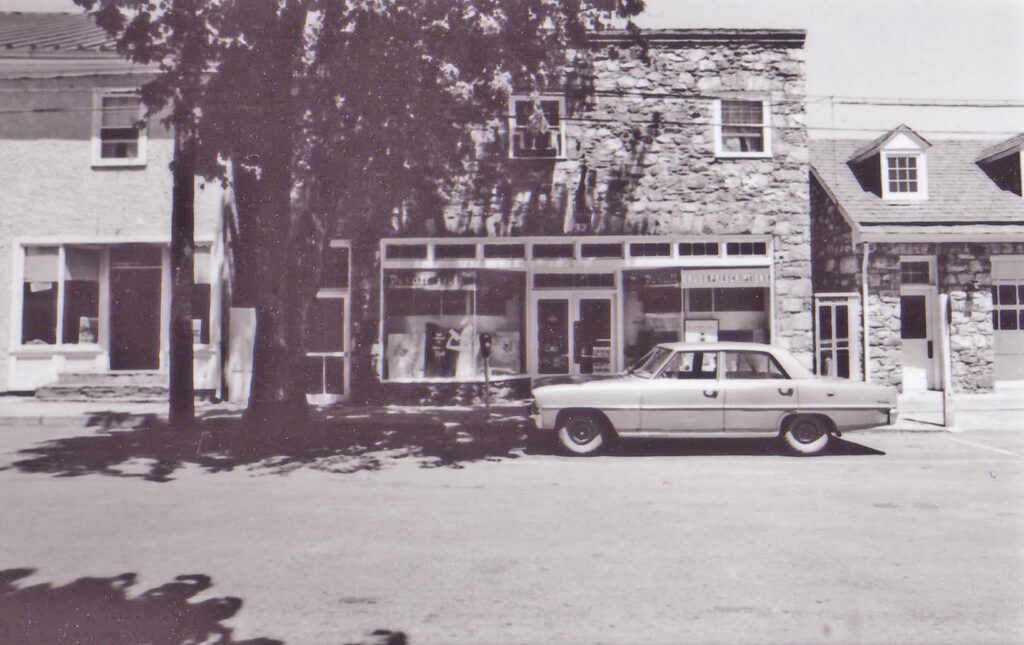
Smith recalls, “We didn’t want to cause trouble; we were told not to start anything, but to just do a peaceful sit-in. We walked in, went to the counter, and sat down. We ordered a Coke and stayed at each place for about 15 minutes. No one said anything, but we got looks. You could feel it. At the end, we were filled up with Coke! That was the start. And after that, we didn’t have to go to the back window to get food.”
Smith admitted it was scary at first since they heard about other sit-ins on the radio and television where people were getting thrown out of restaurants. “But this was peaceful — no fights, no verbal confrontations,” he added.
Swann remembers, “Since they were sort of expecting us with Kennedy in town, the sit-ins weren’t too awkward. Businesses didn’t want to get negative publicity. This slowly got the ball rolling for desegregation. It was a first for Virginia, right here in Middleburg.”
In his Sunday sermon on April 9, 1961, Reverend Albert F. Pereira of Leesburg who conducted Catholic services in Middleburg acknowledged that “President and Mrs. Kennedy were in the congregation,” a Loudoun Times Mirror article states, along with publishing part of Pereira’s message: “We are grateful to the ministers of this community, the mayor, the president of the chamber of commerce, the drugstore owners, and operators that the first phase of desegregation in Middleburg has been gracefully handled.”
The Aftermath
“We had smiles on our faces afterwards,” Smith says. “Jackson congratulated us since he knew we were taking a risk. My parents were afraid we’d get beat up or get into trouble. But then thanked us for doing a good thing.”
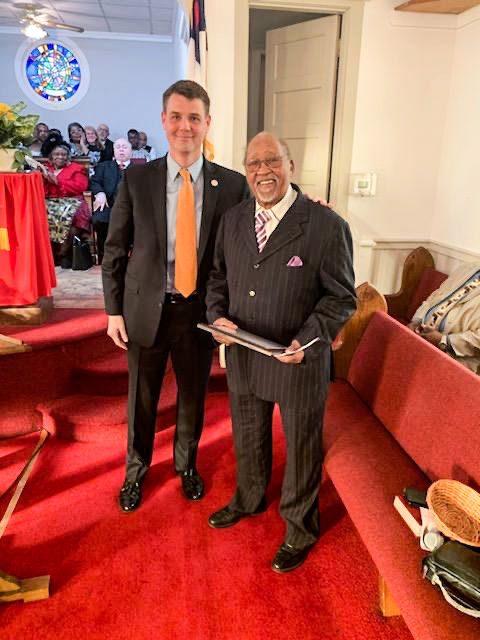
Smith’s wife, Till, adds, “Mr. Jackson was really staunch about desegregating Middleburg. They picked the weekend when President Kennedy was going to be in town.”
Six decades later, Middleburg Mayor Bridge Littleton presented Swann and Smith with a “Mayor’s Proclamation” framed certificate for their civil rights efforts that began in Middleburg and then spread to the greater Loudoun area. Mayor Littleton noted it was the idea of Marcus Howard at Mt. Zion Baptist Church of St. Louis to recognize these two local men. On February 9, 2020, Mayor Littleton presented Swann with his certificate at a special service at Mt. Zion Baptist Church. About a week later, the mayor presented the certificate to Smith at his home.
Both proclamations honor their wives, stating, “…none of this would have been possible without the love and support of Reverend Swann’s wife of over 67 years, Sylvia,” and “Mr. Smith’s wife of over 63 years, Till.”
While others helped to open doors, Swann and Smith walked through them. Swann went to bed that night with a sense of satisfaction, believing it was the small beginning of a new era. “It was a deliberate, well-planned day. A day to integrate Middleburg,” he says.
Taking a stand, by taking a seat — these two men certainly made their mark on Middleburg’s history. ML
Posted on: February 10, 2023.








